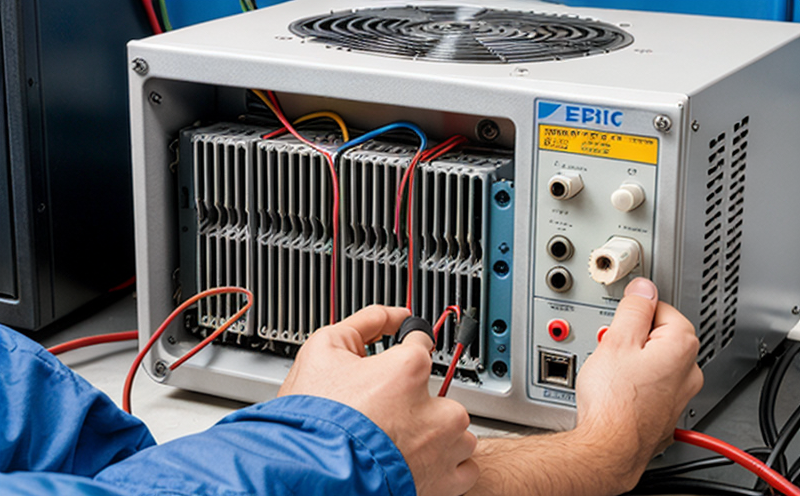IEC 60092-708 Synchronization Testing of Marine Generators
The IEC 60092-708 standard is pivotal in ensuring the safety and reliability of marine generators, which play a crucial role in powering modern ships. These generators are responsible for providing the electrical power necessary to operate various critical systems on board vessels, including navigation equipment, communication devices, lighting, and HVAC systems.
The synchronization process ensures that the generator's frequency, voltage, and phase angle match those of the existing shipboard electrical system before it is connected to the grid. This step is essential for preventing potential damage to both the generator and the ship’s electrical network due to discrepancies in frequency or voltage.
Our laboratory specializes in conducting IEC 60092-708 synchronization tests, which involve a series of stringent checks and verifications to ensure that marine generators meet all specified performance criteria. The test setup typically includes a generator set, a synchronizing device, and a shipboard electrical system simulator.
During the test, we carefully monitor parameters such as frequency, voltage, phase angle, and power factor. These measurements are critical for determining whether the generator can be safely synchronized with the existing system without causing any disruptions or failures. Our technicians use state-of-the-art equipment to ensure accuracy and precision throughout the testing process.
Once the synchronization test is complete, we provide detailed reports outlining all findings and recommendations for necessary adjustments. These reports are invaluable tools for quality managers and compliance officers who need to ensure that their marine generators meet all applicable standards and regulations.
Applied Standards
| Standard | Description |
|---|---|
| IEC 60092-708 | This standard specifies the procedure for testing the synchronization performance of marine generators. It covers all aspects from initial setup to final verification. |
| ISO 14001 | Environmental management systems are crucial in ensuring sustainable practices within our laboratory, which indirectly supports compliance with IEC standards. |
Benefits
The benefits of conducting IEC 60092-708 synchronization tests are numerous and far-reaching. Firstly, it ensures the safe and reliable operation of marine generators, reducing the risk of costly downtime or accidents at sea. Secondly, compliance with this standard helps in maintaining a high level of quality assurance throughout the lifecycle of the generator.
Furthermore, by adhering to these stringent testing protocols, shipowners can rest assured that their vessels are equipped with reliable electrical systems that meet international standards. This not only enhances safety but also contributes positively to regulatory compliance.
The results from our synchronization tests provide valuable insights for R&D engineers and procurement teams. They can use this data to optimize future designs and select appropriate components for new projects, ensuring long-term reliability and performance.
Environmental and Sustainability Contributions
- Reduction in energy waste by optimizing generator synchronization processes.
- Promotion of sustainable practices through adherence to international standards.
- Minimization of environmental impact due to improved reliability and reduced maintenance intervals.





